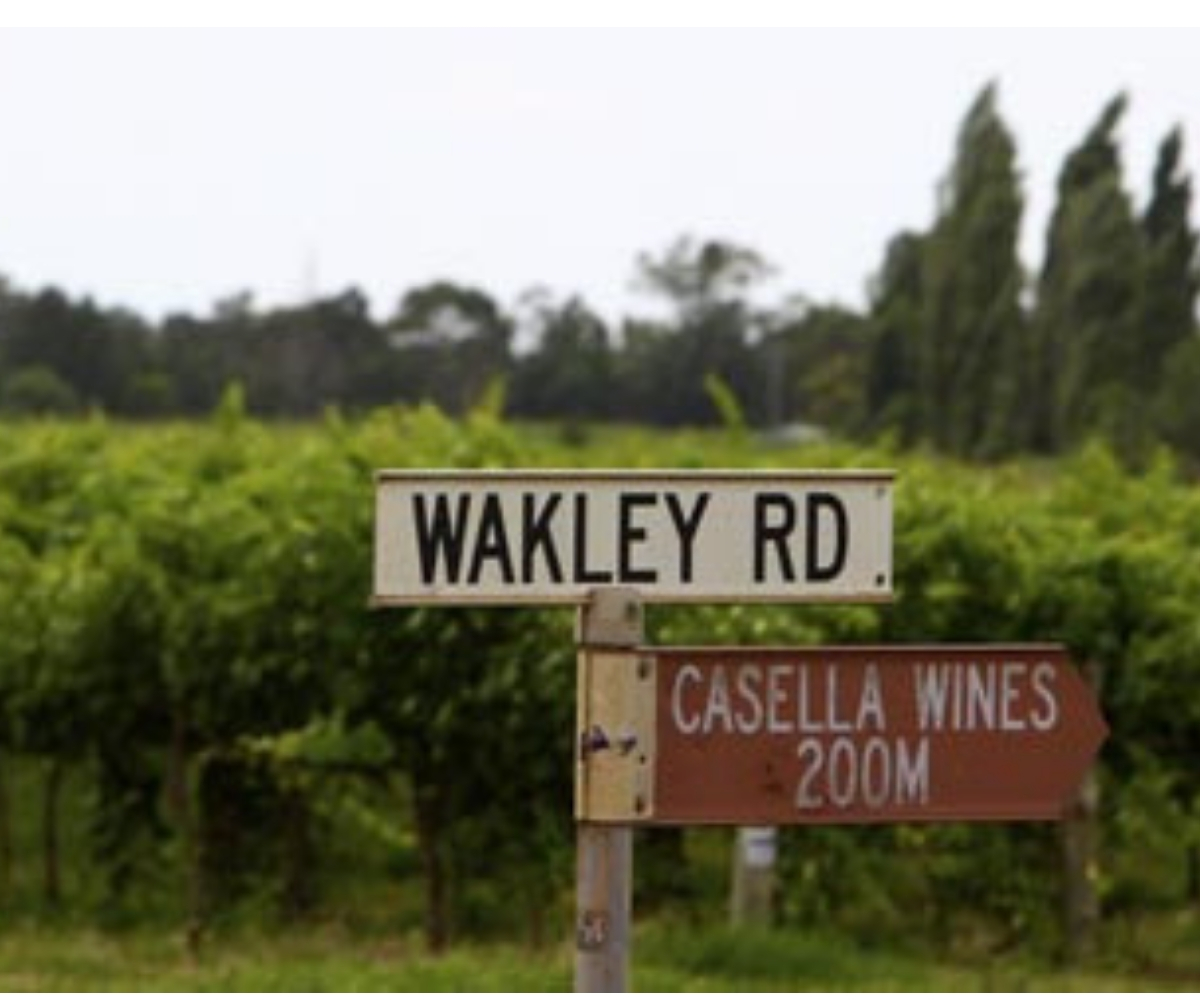A Great Tale to Tell

Yellowtail
It may not be a label that frequently graces dining room tables in Australia, but overseas, Yellowtail Wines are enormously popular and enjoy high levels of brand recognition across the United States, Asia, Europe and the UK. In fact, in 2017, the Yellowtail brand was recognised by The Drinks Business as one of the top 10 global wine brands. The famous Yellowtail brand of the Casella Family was ranked number 5 in the world, behind behemoths like Barefoot (E & J Gallow Winery) and the famous Chilean brand, Concha Y Toro. There may be lies, damn lies and statistics but it is hard to argue with the numbers – Yellowtail sold 11.5 million cases of their product over the year – a staggering 138,000,000 bottles of plonk!
The brand has a long history from its home in the small country town of Yenda in the Riverina Region of New South Wales. The winery was established by Sicilian immigrants Filippo and Maria Casella. They claim that the family’s philosophy is to “bring family and friends together at any occasion”. These days, the family business is run by John Casella whose strategic approach is to create an approachable wine that everyone can enjoy.
Whether you like wines from the Riverina Region or not, the success of the label is undisputable.
The genius of John Casella in the winemaking industry is well known. He obviously foresaw the future upside of markets across the United States, China and the UK. Those regions are the focus of the Yellowtail brand and they are rapidly growing ones. In recent times, global wine consumption has sat rather stagnantly at around 242,000,000 hectolitres. The United Kingdom is currently the world’s second largest market for wine sales behind the USA but that is expected to change within the next couple of years as the Chinese market grows.
In Australia, we perhaps tend to regard the Yellowtail offerings as being at the “cheap and cheery” end of the market but given the wide appeal of their wines, I decided to take a few for a road test.
The Yellowtail wines weren’t difficult to find – just walk into your local BWS Store and you’ll see them everywhere! The Yellowtail Chardonnay sells at less then $10 a bottle and is greenish but lively in the glass. There are hints of peaches and honeydew on the nose and once on the palate, there are hints of citrus and a vanilla edge. It’s only of medium weight, but there are ample raucous fruit characters fighting each other with blunt objects as they make their way across the back of your mouth. There may not be the depth of fruit and tightness of acidity that we see in more expensive examples of the style, but for under $10 a bottle, it is perfectly acceptable.
The Yellowtail Rosé sits at a similar price point and like others in the range, claims to be from “South Eastern Australia”. It has a lovely blush colour in the glass and there are some floral characters on the nose, but its attempt to emulate a Provencal style hasn’t worked particularly well. There are some lovely strawberry flavours in the middle but it is not for me. Give me something French and made on a Grenache grapes please!
Amongst the red wine offerings, Yellowtail also has a Shiraz which is equally popular abroad. It’s not the style of South Australian red that we’re largely accustomed to seeing exported but, it does show some lovely red berries and blackcurrant characters on the palate and hints of tar and chocolate at the back end. It doesn’t have the presence or finesse of others that you’ll find on the liquor store shelves, but at the $10 price point, it is hard to argue with the value proposition.
The success of the Casella family’s strategy is undeniable. Whilst personally, I might opt for a more boutique style of winery offering, I tip my hat to the Yellowtail brand – successfully flying the Australian flag abroad and doing us proud!